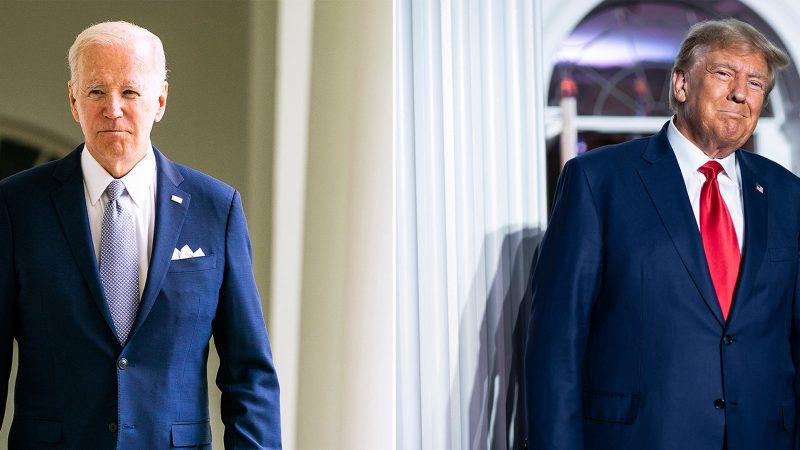In 2017, the United States witnessed a monumental battle between President Donald Trump and his Democratic opponent Joe Biden over the contentious issue of the 2017 tax cut. The legislation, officially known as the Tax Cuts and Jobs Act, was aimed at reducing taxes for corporations and individuals, with proponents arguing that it would boost economic growth and create jobs. However, the tax cut quickly became a point of political contention, with both sides presenting starkly contrasting views on its effectiveness and implications.
President Trump, a staunch advocate of the tax cut, touted it as a major victory for the American people. He argued that lower tax rates would incentivize companies to invest in the U.S., leading to job creation and economic prosperity. Trump’s administration highlighted the tax cut as a key achievement, claiming that it would benefit the middle class by putting more money in their pockets and boosting consumer spending.
In contrast, Joe Biden and many Democrats criticized the tax cut as a giveaway to the wealthy and big corporations. They argued that the benefits of the tax cut primarily flowed to the top earners and large companies, exacerbating income inequality. Biden characterized the tax cut as a policy that favored the rich at the expense of working-class Americans, emphasizing the need for a more equitable tax system that prioritized the middle class.
One of the key points of contention in the Trump-Biden battle over the 2017 tax cut was its impact on government revenue and the federal deficit. Supporters of the tax cut maintained that economic growth spurred by lower taxes would offset any revenue losses, ultimately leading to a more robust economy. Critics, however, raised concerns about the potential increase in the federal deficit, arguing that the tax cut would add trillions of dollars to the national debt over the long term.
Another area of disagreement centered on the distribution of benefits from the tax cut. Trump and his allies argued that lower tax rates for corporations would lead to increased investment and job creation, benefiting workers and the economy as a whole. Biden and other detractors contended that the bulk of the benefits would accrue to shareholders and executives, rather than trickling down to workers in the form of higher wages or better job opportunities.
The debate over the 2017 tax cut underscored deeper ideological differences between the two camps regarding the role of government in shaping economic policy. Trump and his supporters favored a more hands-off approach, believing that lower taxes would unleash the power of the free market and drive economic growth. Biden and the Democrats, on the other hand, pushed for a more interventionist stance, calling for targeted tax policies that aimed to address income inequality and promote social welfare.
As the battle over the 2017 tax cut raged on, it became clear that the issue was not just about economics but also about values and priorities. Trump and Biden presented starkly different visions for the future of the country, with the tax cut serving as a microcosm of their broader policy agendas. Ultimately, the outcome of this battle would have far-reaching implications for the American economy and society at large, shaping the direction of the nation for years to come.
